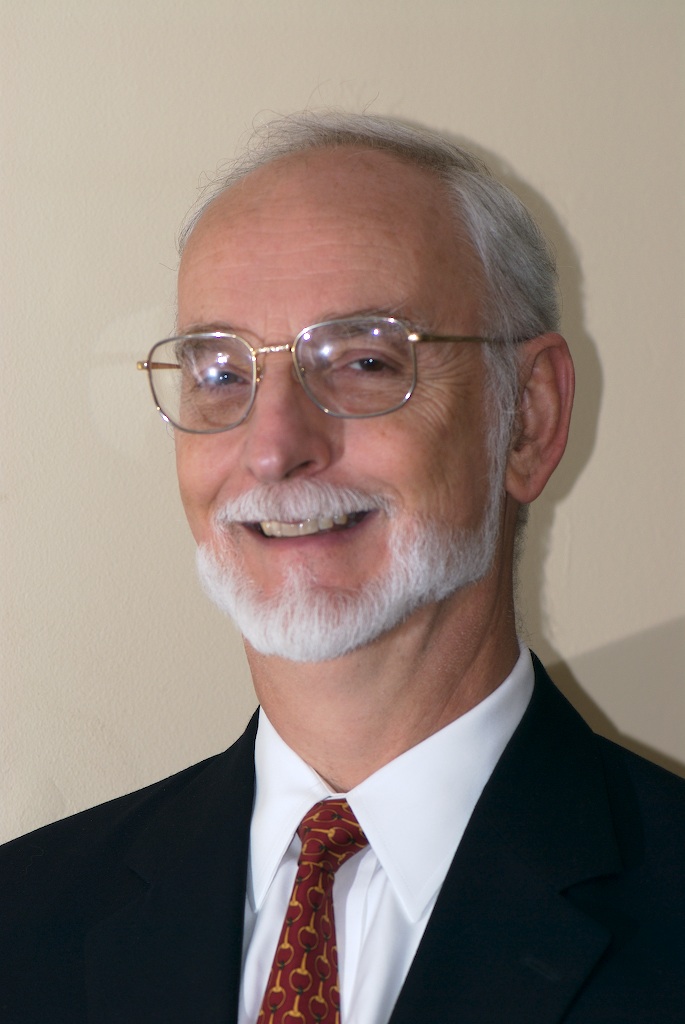A tale of two economies
When I founded my consulting firm outside of Boston nearly 20 years ago, my partners were former senior executives at the defunct Digital Equipment Corporation (DEC), a maker of minicomputers that failed to anticipate the shift to micro-computers. Today, many of the mainstays of the Boston economy in the 1990’s—Polaroid, DEC, Lotus—no longer exist. Their places have been taken by new companies, often founded by former employees of the defunct corporations.
By contrast, most of the companies on the Expansion list of the largest Mexican companies have existed for nearly a century. They have competed on the basis of scale, efficiency and successful integration into global value chains. Few have recently created truly new businesses. The future for Mexican companies is more likely to look like Boston than like Mexico in 2019.
Facing Change
Change is difficult. We might prefer to live in a world of stable companies and formal employment, but we are unlikely to have that choice. We must build resilient future-focused organizations that contribute to society’s social and environmental well-being. Perhaps more importantly, we must build decent, resilient future-focused jobs.
A good place to start is by facing and anticipating change in technology, society the economy and the environment. In my monograph, Mexico Facing the Future I suggested that, as with the four tectonic plates that underlie it geologically, four socio-economic tectonic plates underly Mexico’s society and economy—its social structure, its economic model, technology and the environment. These socio-economic tectonic plates are continuing to shift. Some will shift abruptly as with nature of work in a post-Covid world; others will shift gradually, but inexorably, as with climate change. Some will be genuine “black swans;” others are foreseeable, if not always foreseen.
Think of a two by two matrix whose axes are near and long-term change and certain and uncertain change. Each quadrant has different implications and requires different strategies. Starting at the most complex quadrant I:
- Long-term/uncertain change: Some technological, social and environmental trends drive long term change, providing solutions to challenges such as Covid and carbon emissions and creating business, social and environmental opportunities, but also posing unaccustomed challenges. We cannot predict with certainty how these trends will evolve, but we know they will fundamentally affect business and society.
Strategy: develop a “radar to the future” and foster open, creative thinking processes. In today’s world, we need future thinking tools that enable us to define key technological, economic and societal trends that may transform our companies and society. We would not get on an airplane without a radar, but we routinely run our businesses without systematic processes for anticipating unforeseen events. A radar to the future built around scenarios does not predict the future. It continually asks, “what if?” We need open, creative thinking processes as well as industry knowledge and expertise. DEC invented many of the components that went into the microcomputer and Kodak invented the digital camera. Their failure was not one of knowledge but one of imagination.
- Long-term/certain change: some shifts in the tectonic plates will evolve over the long term but are predictable. Demographers can tell us with certainty that, barring a cataclysmic event, Mexico’s population will age in the decades ahead. The science underlying predictions of long-term changes in climate patterns is unassailable; what is uncertain is the magnitude of that change. The Covid crisis, automation and artificial intelligence, and the growth of the “gig economy” have demonstrated that informal, creative work arrangements will displace formal, routine work. Renewable energy and electric vehicles will ultimately displace fossil fuels and the internal combustion engine. The question is not whether; it is rather “how?” and, “with what consequences?”
Strategy: couple careful modelling with a radar to the future; invest for the long term. Like business school case studies, scenarios examine the interplay of “known knowns” and “unknown unknowns” to raise unaccustomed, and often uncomfortable, issues. Scenarios used by demographers and scientists are issue specific and based on careful modelling and alternative input assumptions. For businesses use a smaller number of scenarios that foster creative thinking about long term threats and investment opportunities.
- Near term/uncertain change: some changes will take place in the near term, but their timing or outcomes are uncertain. In November we will know the outcome of the U.S. presidential election. It may have profound effects on the Mexican and global economies, but we will not know the outcome until November. Covid was not a “black swan” (a truly unforeseeable event). According to Wikipedia in the 21st century alone there have been 68 epidemics; seven of these have been worldwide. We were unprepared for something that we knew was coming.
Strategy: develop options and contingency plans. We are often surprised by events that were foreseeable. Few countries and companies had contingency plans. Like South Korea with Covid, we need to have contingency plans at the ready for events we know will happen.
- Near term/certain change: Somethings we know will happen or are already with us. In the past months the nature of work, commerce and education have changed fundamentally. We may not be sure yet how permanent or in what ways these changes will affect us.
Strategy: Act Now, experiment. When facing near term/certain developments, we must act now, but we must act scientifically. We can apply the scientific method to management, testing hypotheses about the impact of changes through carefully designed experiments. (See for example, recent work by Stefan Thomke on Experimentation).
Article originally published in Infobae.
